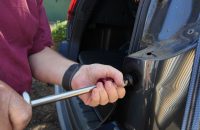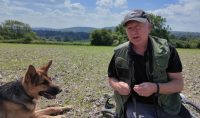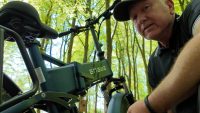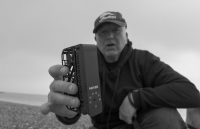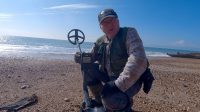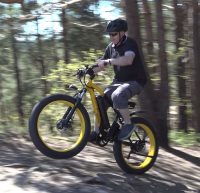One of the metal detecting good days
During the early part of last year, my wife was struggling with lung cancer, so i spent most of my time caring for her. But near the end of April I managed to get a few hours out on a permission near home in the Chiltern Hills.
When I got there, I found that the crops were coming up in all of the fields, but I did find one with a cropless margin of about 1m all around the edge of the field. I know it’s not much to go on, but I was just so grateful to be out.
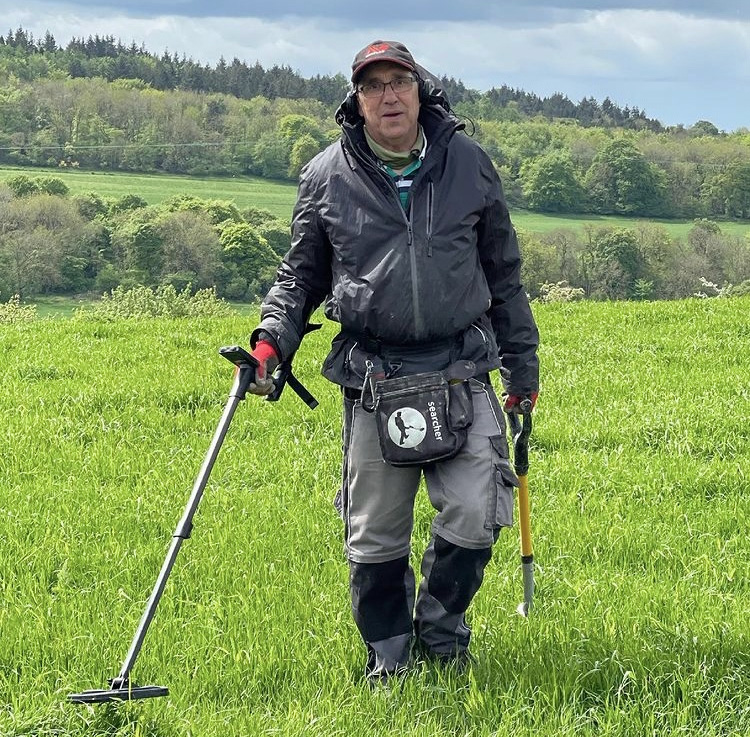
Armed with my Deus 1, which I bought 2nd hand about two and a half years ago, and now with a recently fitted 9″ round HF coil, I set off with the intention to do a full circuit of the field. It started out quite well with a George V penny, then a few cartridge caps. Then nothing for a while, then a nice lead musket powder measure.
About a third of the way round, there was an odd sounding signal but one that was worthy of a look. I dug down about six inches and there it was, a Gold hammered coin. I went over the area for about another hour but nothing else came up.
I went home very pleased with myself, to look in my Spinks coin book to try to identify it. The result was that it was an Edward IV gold quarter ryal from about 1464. Happy that I now knew what it was, I popped it in the drawer and continued with my caring duties.
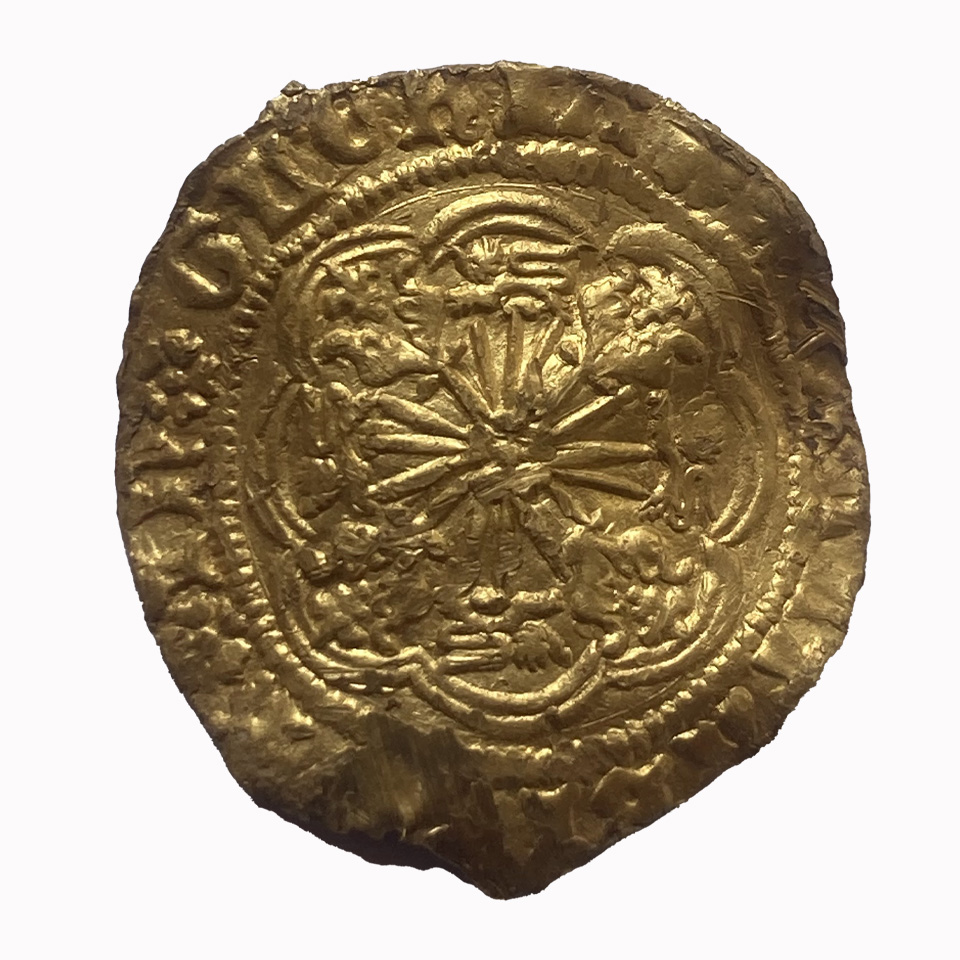
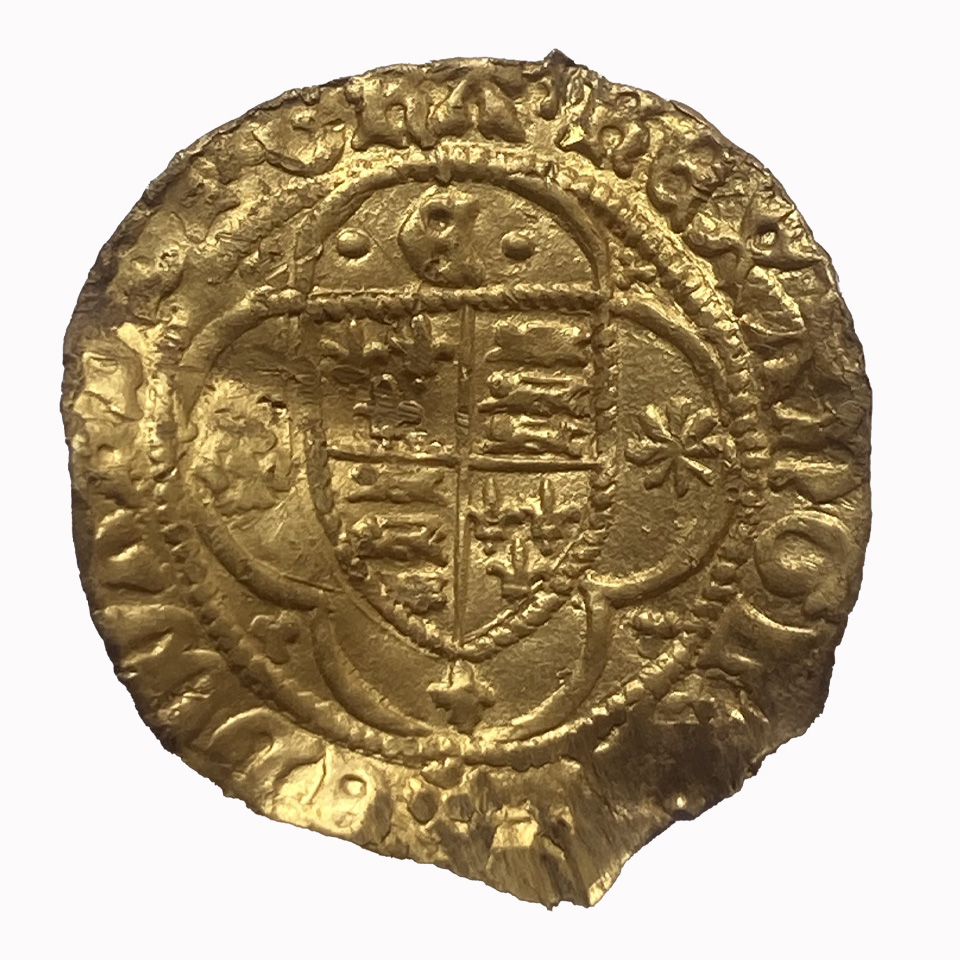
Sometimes things are not as they appear
A couple of months later, when things had calmed down and Jo was getting better, I got the coin out to have another look. I then realized that it was different from nearly all the others that I had seen online and in books.
After getting advice, it is confirmed to be one of only four that are known to exist.
The other three are in the British Museum, Fitzwilliam Museum and the Schneider Collection.
Which makes this quite an important coin.
I have been detecting this permission for over 20 years, and nothing like this has ever shown up before.
It proves that a field is never fully worked out.
Bob
Paintless dent removal services
Paintless dent removal is also known as [...]
Metal Detecting in Hampshire
Is metal detecting the perfect hobby When [...]
Engwe Engine Pro version 2.0
The original Engwe Engine pro was my first e bike, as soon as I rode it I was hooked on the concept, and what it could offer me in terms of transport, fitness and enjoyment.
Hover Air X1 review
Is it a drone or is it [...]
Beginners guide to beach detecting
Choosing the right metal detector You can [...]
Go Go Best GF 600 review
Where would I class the Go Go [...]

